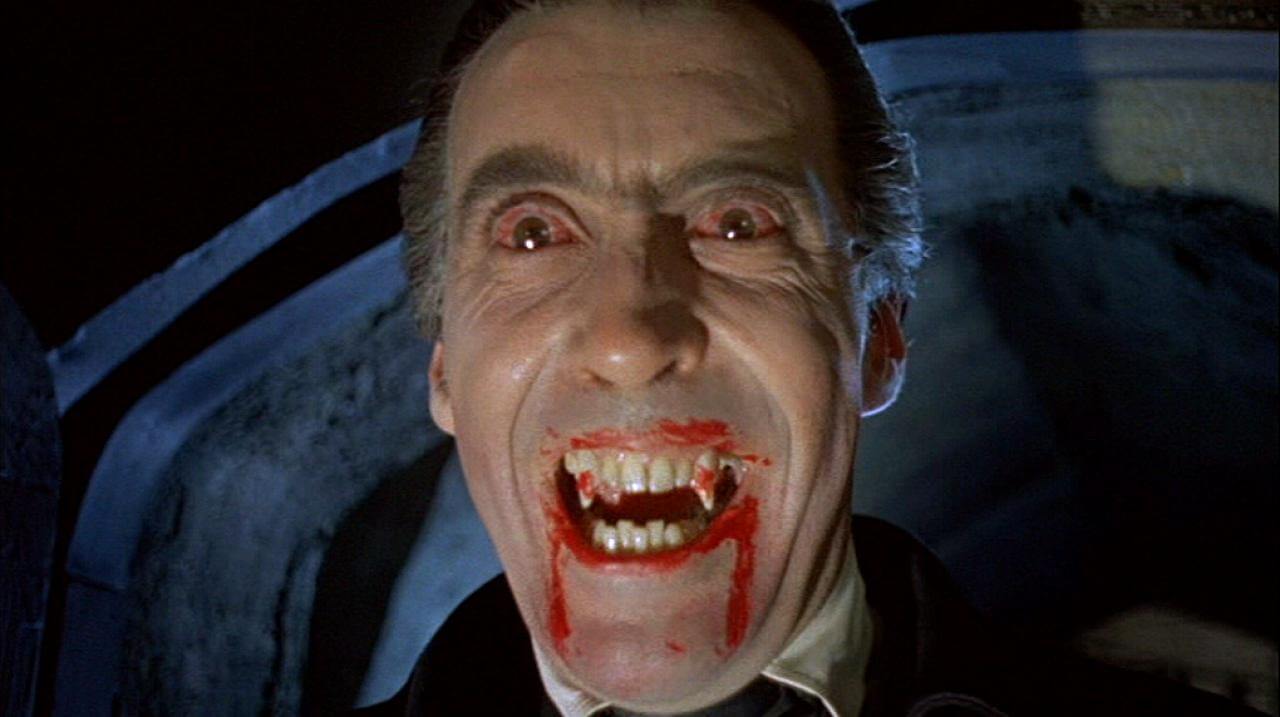My Favorite Monsters
When it comes to iconic horror/Halloween characters, I think there are really two major categories. You’ve got the classic monsters like those popularized on film by Universal beginning in the 1930’s, and then, of course, the less fantastical serial killers and slashers. Today, we’re going to take a look at the former category and various interpretations in film (and occasionally TV) of some of the most iconic characters of all time.
Dracula – Bram Stoker’s Dracula
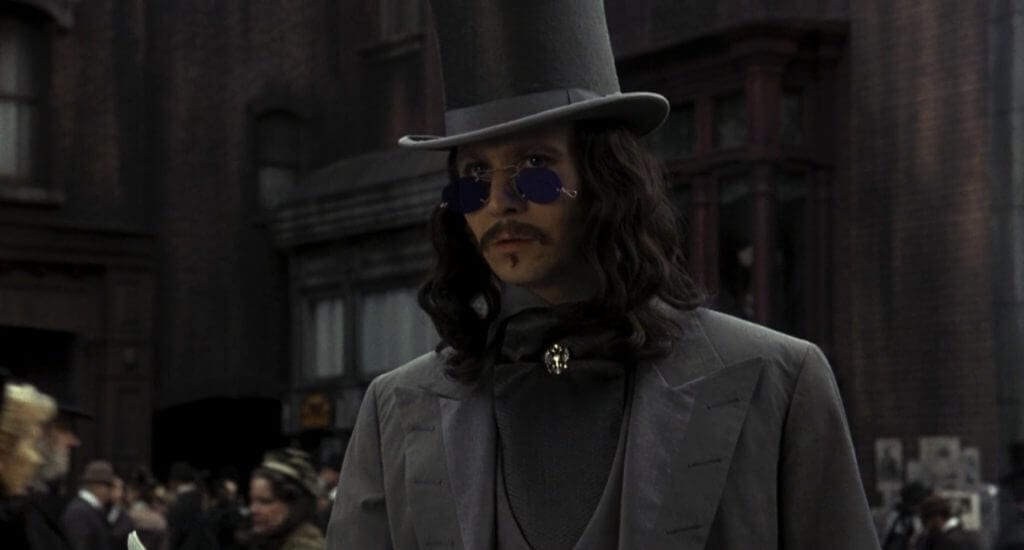
Dracula has always been one of my favorite stories and characters to enjoy around Halloween, and I’d say I’m not alone based on the sheer number of times Stoker’s timeless novel has been brought to the big screen. A Russian film and a Hungarian film based on the book were made in 1920 and 1921, but they’re considered lost now. The earliest film adaptation you can see today is Nosferatu; Prana film and director F. W. Murnau infamously adapted the story against the will of the late Stoker’s family, changing character names and omitting plot details to make it different enough from the source material. However, it really is very similar to the story of Dracula the novel and has, in fact, added to the mythos surrounding the enigmatic Count. In the original Dracula sunlight weakens his powers, but in Nosferatu sunlight is deadly to Count Orlock. Despite the idea originating from an unauthorized adaptation, sunlight is considered deadly to vampires to this day. The next famous iteration was, of course, Bela Lugosi in the classic 1931 film that has eclipsed Nosferatu in the conscious of the public. Lugosi is much more conventionally handsome in Dracula than Max Schreck was in Nosferatu, and this likely popularized the notion of the Count as a welcoming, good-looking, seductive force. Count Orlock pretty much seems creepy from the get-go; Thomas Hutter (the film’s analog for Jonathan Harker) knows something’s wrong almost immediately, but he goes along with the sale for the money. This is more or less true in most interpretations of Dracula, but in many of them, his victims are drawn in by his intoxicating nature and irresistible allure. Lugosi walks with grace and speaks eloquently, and by the time his intentions are clear, it’s too late.
1958 brought us Christopher Lee’s interpretation of the iconic vampire, and his is very different from either Shreck’s or Lugosi’s. Lee is tall and handsome and has hypnotic eyes, but unlike the articulate Lugosi, Lee rarely speaks and lets his body language do the talking. He’s an imposing figure, and his allure is entirely supernatural; Lugosi’s Dracula certainly had an aura that worked on his victims as well, but Lee’s doesn’t have good manners. He doesn’t care about being nice or seeming normal; only about feeding. His brides are treated like animals, tossed around and ignored, denied food so that he can have it. Christopher Lee was a great performer, and I think it’s admirable that his Dracula for the Hammer horror films was so distinct from the hugely influential versions that came before. He also stands as the longest acting Dracula, starring in Dracula films between the years of 1958 and 1973; in 1974, Hammer continued the series with The Legend of the 7 Golden Vampires, but Lee declined to appear in the final installment. Another thing I find notable in this iteration is that Van Helsing is as much a star as Dracula, and, naturally, does most of the talking; Peter Cushing and Christopher Lee are eternally linked by co-starring in numerous Hammer horror features, but the Dracula series is far and away the best remembered. In 1979 Frank Langella took up the cloak and fangs, but I consider this a weak, boring version of the story. Langella himself does fine, although he doesn’t reinvent the wheel or anything like that. The film isn’t horrible, but if you’ve seen the other versions, you’re not missing anything by skipping this one.
I won’t talk too much about Duncan Regehr in Monster Squad as I covered it independently, but his version of Dracula is very scary and unscrupulous. They don’t play around with the monsters in this film, even though it’s a family movie, and that’s commendable. In 1992, Gary Oldman portrayed perhaps the most human Dracula to date; Francis Ford Coppola’s take on the classic tale is heavy on romance, as well as blood and mystery. Oldman’s Count does despicable things and undoubtedly uses his supernatural abilities to victimize the innocent, but his love for Mina (Winona Ryder) is genuine, Dracula believing her to be the reincarnation of his lost wife. Oldman shows the widest array of emotions, and his ability for depth of feeling may make his actions all the scarier. In 2012 Adam Sandler voiced Dracula in Genndy Tartakovsky’s Hotel Transylvania. This version, being for kids and not evil, is wildly different from any other on this list; however, I would recommend checking out at least the first movie for Sandler’s surprisingly effective performance and a good amount of laughs. 2014 saw the gritty Dracula Untold with Luke Evans in the lead. This is supposed to be a backstory to how Vlad the Impaler became Dracula, and they try to make you sympathize with the character and his loss. Honestly, it ends up being a pretty lame attempt, in spite of decent performances by Evans and Charles Dance. I don’t think this is really what people want from a Dracula movie, as the film basically ends when the real story begins. I guess I’d recommend it if you’re a huge fan of Evans or gritty prequels. Personally, I don’t have a favorite Dracula because so many of the actors have brought something unique to the character and re-shaped the mythology in their own image. While I love Lugosi and Lee, though, the strongest overall movie for me is Coppola’s starring Gary Oldman. As I mentioned, this movie is full of romance, action, and great performances. I’d recommend checking out most versions of the story, but to me, this is the most complete.
Frankenstein and his Monster – Mary Shelley’s Frankenstein
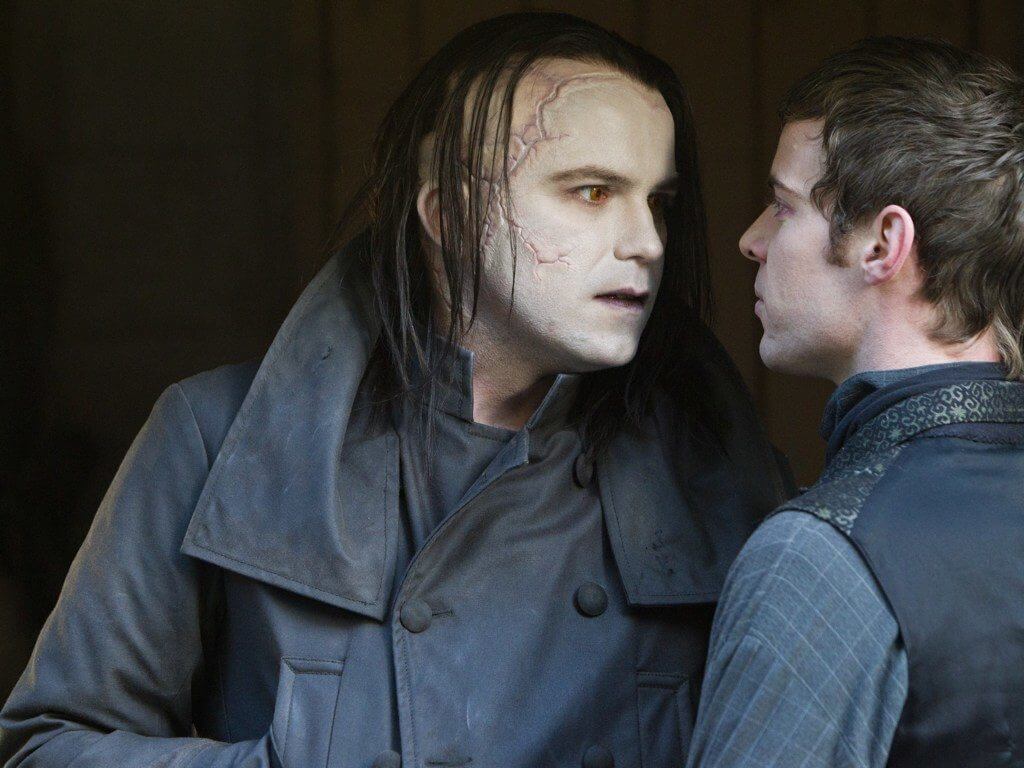
Mary Shelley’s Frankenstein had been adapted thrice before Boris Karloff’s turn as the creature in the 1931 Universal classic: in a 1910 Edison Studios silent film, the lost 1915 film Life Without Soul, and an obscure 1920 Italian movie. However, the Universal film was the one to put the doctor and his monster on the Hollywood map. There are things I dislike about this version, such as the changing of characters’ names; they arbitrarily switch Victor and Henry’s first names, and the first time I saw the film this was confusing. They also try to make the doctor sympathetic in this one, which is just mind-boggling. This was before it became cool in Hollywood to make monsters pitiful and scientists merely hubris-filled children playing with their toys; nonetheless, this is a very strange take, especially if you’ve read the novel. I think it’s noteworthy that Karloff as the Creature is all people really remember from this film, as he’s the one who gives the most memorable performance. When most people think of Frankenstein’s monster, this is the one they envision. I would recommend the film for Karloff’s performance, and some very effective atmosphere created by the visuals and lack of a musical score. The 1935 sequel, Bride of Frankenstein, is actually even better: more visually striking, more thematically rich, and adapting one of the most interesting plot elements of the novel that was left out of the first film. This movie uses a different framing device from its predecessor: Mary Shelley herself appears as a character, telling the main story.
Peter Cushing starred as Victor Frankenstein in numerous Hammer horror pictures, but Christopher Lee surprisingly only appeared in one of them: 1957’s The Curse of Frankenstein. Peter Cushing was a fantastic performer, but the absence of his on-screen rival can be deeply felt in the other installments. Mel Brooks’ Young Frankenstein offers a completely different, comedic take on Shelley’s tale of science and barbarity. It’s a comedy classic, and I definitely recommend checking it out. In The Monster Squad, Tom Noonan gives a funny and heart-warming turn as the gentle giant. 1990’s Frankenstein Unbound again reinvents the seminal story, this time introducing time travel and including Mary Shelley in the story of her creation. The monster is hardly the best thing about this movie, but I definitely recommend giving it a try. In 1994, Kenneth Branagh directed an adaptation and starred as Victor Frankenstein, with Robert De Niro playing the Creature and Helena Bonham Carter portraying the gorgeous Elizabeth. This film isn’t held in very high regard with critics or movie buffs, but much like the 1992 Dracula, I think it offers the most nuanced, multi-faceted take on the literary classic. It displays the hubris and arrogance of Victor and the way he prioritizes his scientific conquest even over his own happiness, but there is tenderness in his scenes with Elizabeth and his family. I also find De Niro to be a revelation in the role of the Monster, and possibly the most pitiful version. I hate the scene where the peasants shoo him out of their house, not even considering that he may have been the one helping. Devastating. The look on his face as he flees is crushing.
Frankenstein’s Monster makes an appearance in 2004’s Van Helsing, but as with many other facets of this film’s production, they don’t do much with him. Like Dracula, Frankenstein’s Monster appears in the Hotel Transylvania movies, though his character isn’t as relatable as Drac, and he doesn’t grow and change like the former. He is voiced competently by Kevin James. 2014 saw the release of I, Frankenstein, a movie based on a digital comic in which the Creature is immortal and played by Aaron Eckhart. The main story is set in the future, with a prologue showing his creation by the doctor. I love Aaron Eckhart, but this is a bad movie. They try too hard to be edgy instead of just telling the story. 2015’s Victor Frankenstein stars James McAvoy and Daniel Radcliffe. This movie is actually set in the proper time period, but it’s exceedingly modern in every other way. Despite having an excellent pair of lead actors, this is another stinker I’d skip if I were you. My favorite newer version of the character actually comes from the small screen; Rory Kinnear portrayed the creature on the Showtime series Penny Dreadful from 2014-2016. He does despicable things and exacts a terrible revenge on his creator, but like the show’s other flawed heroes, he just wants to find his place in the world. The performance, makeup and just everything about this character is very much to my liking. However, my very favorite version of both Frankenstein and his monster is Kenneth Branagh’s 1994 film.
The Mummy
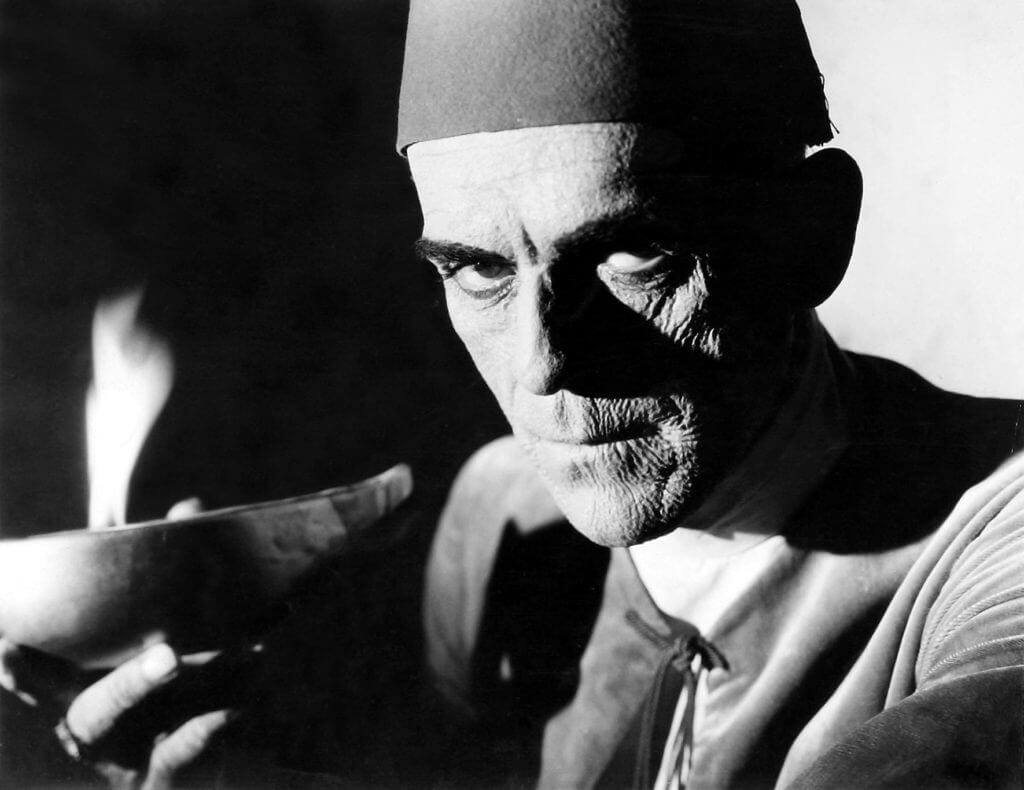
Unlike his literary comrades, the Mummy has been popularized as a scary monster almost entirely by films. Out of the Universal Mummy film series, I’ve only seen the initial entry starring Boris Karloff as the eponymous corpse. It’s a really fun movie to this day, and Karloff gives another great performance as an imposing, creepy monster. In 1959, Peter Cushing and Christopher Lee teamed as John Banning and Kharis the mummy, respectively. This is another fun, actiony monster movie. I won’t say it’s great like their early versions of Dracula, but I would recommend checking it out for a good time. My favorite version of The Mummy is the 1999 film starring Brendan Fraser and Rachel Weisz. When I was a kid, the scene where one of the American travelers loses his eyes to mummy Imhotep really freaked me out, and I’ve never been scared easily by movies. I don’t care much for this film’s sequels, particularly 2008’s Tomb of the Dragon Emperor, though I do like the first Scorpion King spin-off movie OK. The 1999 film has comedy, romance, action and just about anything you could ask of a movie. The backstory with Imhotep and Anck Su Namun is really interesting and well done, the music is good, and the film looks great. Fraser is very charismatic as Rick O’Connell, and this movie introduced me to Rachel Weisz, who I quite like. It feels very much in the vein of films like Indiana Jones, and it’s not trying to be gritty or reinvent the wheel; it’s just a ton of fun. I’d recommend this version of The Mummy to anyone who likes movies.
Ichabod Crane and the Headless Horseman – Washington Irving’s “The Legend of Sleepy Hollow”
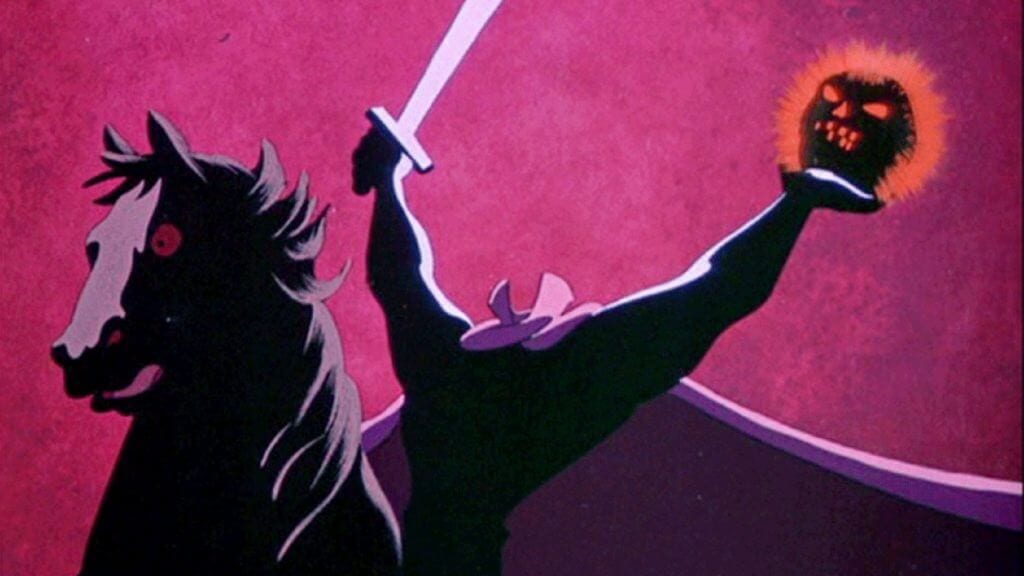
The only versions of “The Legend of Sleepy Hollow” I’ve seen are the 2013 TV series, Tim Burton’s 1999 film, and, of course, the 1949 Disney short. The first season of Sleepy Hollow the TV series was surprisingly good; it offered a refreshing take on the story, the cast had great chemistry, the music was good, and the whole setup was very atmospheric. The only downside is that they should have stopped there; everything about season one worked, and the surprise at the end really got me. But the following seasons were more interested in repeating villains and stale plotlines than in organically continuing the story. The Tim Burton film is one that I initially thought was just dumb; however, every time I see it, I like it a little bit more. It’s very much in the vein of the Hammer horror movies, with the exaggerated blood and homemade props. It seems like an homage to those films, and Christopher Lee makes an appearance alongside several other great British actors. This film’s aesthetic and atmosphere are really well constructed, and even if you’re not a big Burton fan, I’d recommend giving it a shot. The Disney “The Legend of Sleepy Hollow” short, later combined with “The Wind in the Willows” in The Adventures of Ichabod and Mr. Toad, stars Bing Crosby and is surprisingly effective at creating scary imagery and an unsettling atmosphere. The designs are also influential on future Disney movies; tell me Katrina doesn’t look like a more well-fed Cinderella, and Brom Bones is a precursor to Gaston in every way. I love the songs, especially the one Brom sings to scare Ichabod. The character designs and backgrounds in this short are impressive, and it’s only 34 minutes long, so if you haven’t seen this one, I’d definitely put it on the to-do list. Overall, I have to say my favorite is a tie between the two films, as the TV show, while impressive at first, declined quickly and tragically.
***
Those are my choices for the best versions of some iconic movie monsters. Do you have a favorite Halloween icon? Who do you think portrayed them best? Leave your choices below, and happy Halloween!

